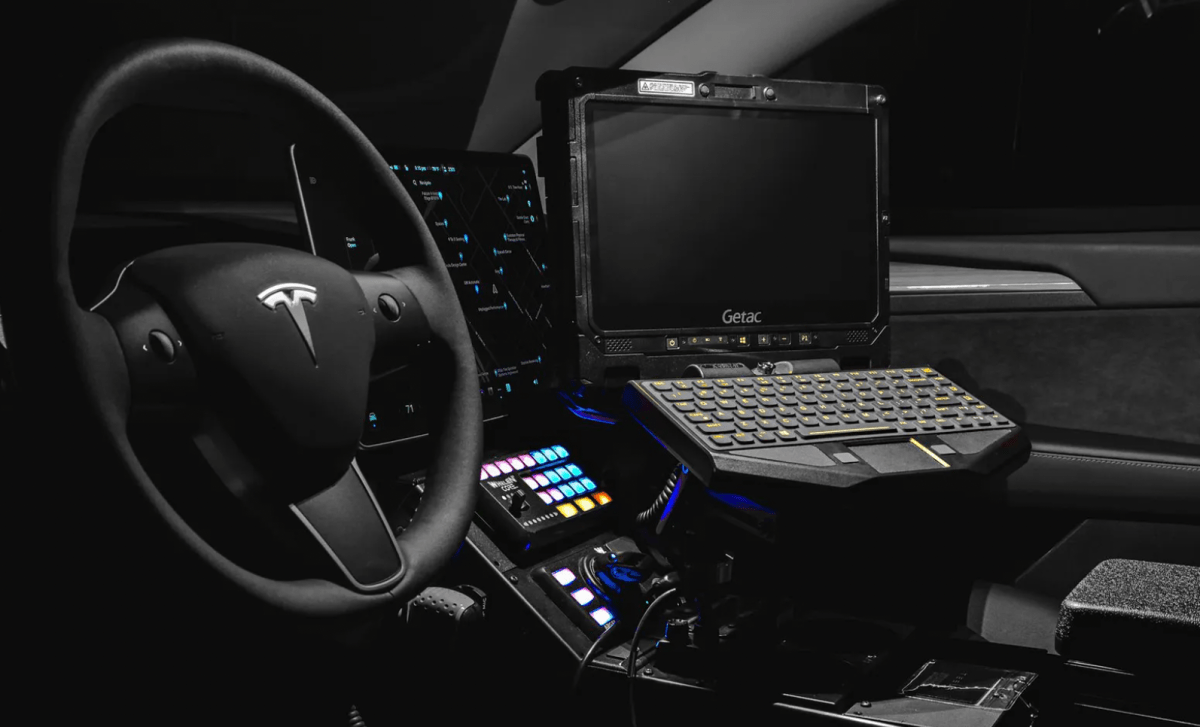The Unexpected Challenges of Electric Police Cars
A Shift in Perspective: From Green to Gripes
Table of Contents
While the automotive industry races towards a zero-emissions future, zero-emission vehicles are facing unexpected hurdles in one sector: law enforcement. Elon Musk recently unveiled Tesla’s latest innovations, including the Cybercab robotaxis and a prototype electric van, emphasizing a vision of a sustainable future. However, California police departments are beginning to question their decision to switch to Tesla Model Ys for their fleet.
Space Constraints and Safety Concerns
Despite being environmentally friendly, these electric vehicles present several challenges for law enforcement officers. Interviews with three Northern California police chiefs, as reported by SFGate, reveal that the Tesla Model Y’s rear seats are too small to comfortably accommodate multiple passengers, and the front seats lack sufficient space for officers. Furthermore, there are concerns about “autopilot interference” during traffic stops, making it difficult for officers to safely pull over.
Charging Infrastructure and Tactical Limitations
The reliance on unsecured charging stations poses a significant challenge for transporting suspects long distances, leaving officers vulnerable. Additionally, traditional police tactics involving using the engine block as cover during firefights are rendered ineffective with electric vehicles, raising concerns about officer safety in high-risk situations.
Rethinking the Electric Future of Law Enforcement
These challenges highlight the need for a more comprehensive approach to integrating electric vehicles into law enforcement. While the environmental benefits are undeniable, it’s crucial to address the practical limitations and ensure that officers have the necessary tools and resources to perform their duties effectively and safely.


